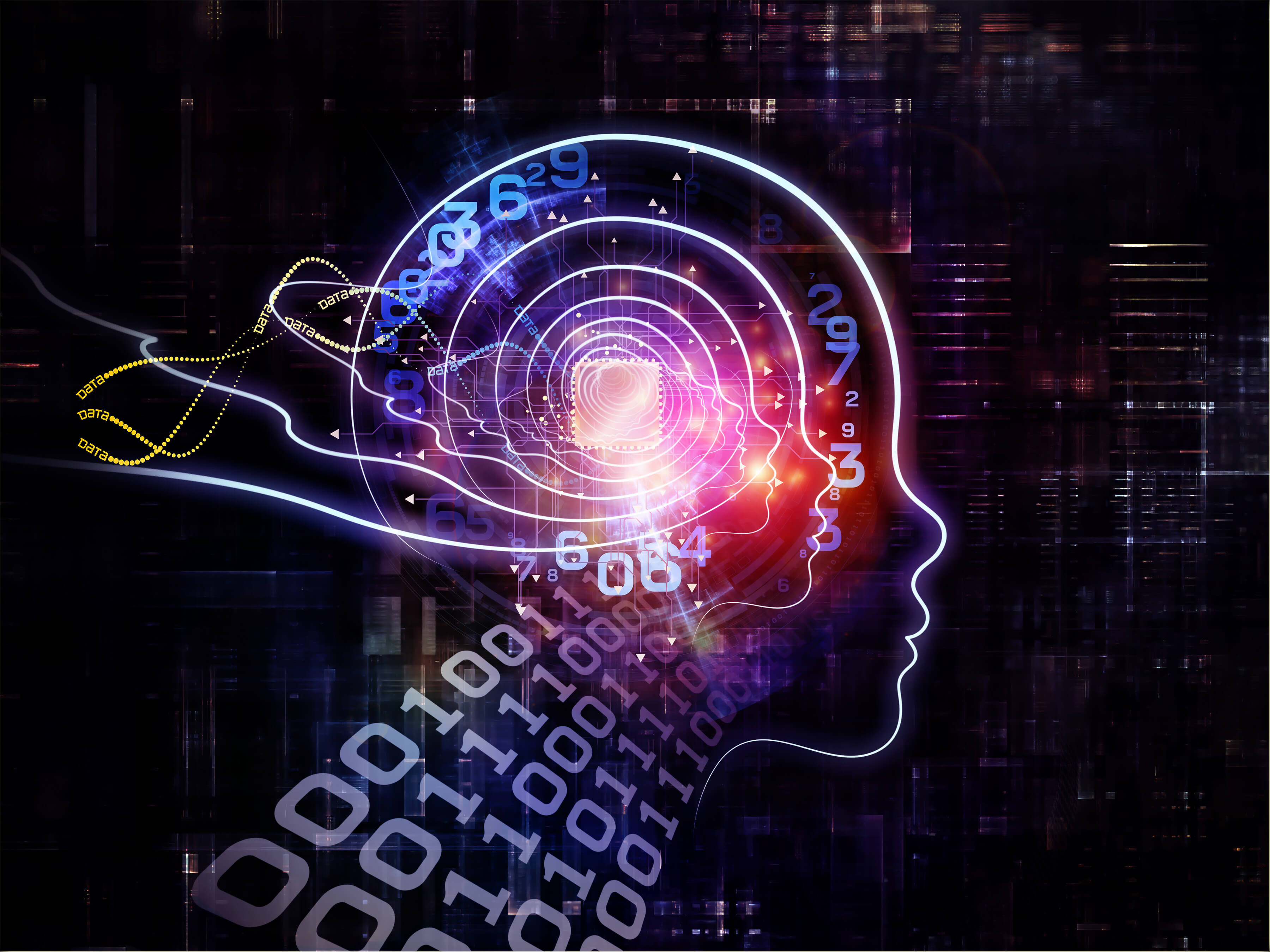EXECUTIVE SUMMARY:
Machines obviously don’t need sleep, but the advent of artificial intelligence (AI) may change that. New research points to AI needing “rest” or downtime. Researchers from Los Alamos National Laboratory are examining why this seems to be the case.
The researchers found that when an AI neural network is trained and developed through unsupervised dictionary training (i.e. given previously unknown objects to classify), the network loses stability after long periods of time. Once a neural network becomes unstable, the researchers then expose the network to states that mimick the waves that real brains experience during sleep. The simulated sleep restored the stability of the neural network.
This kind of AI network instability only occurs in the training of biologically realistic processors. The majority of neural networks, such as those involved in deep learning and AI systems, do not see this instability occur.
The experiment to give select biologically realistic networks artificial simulations of sleep was an almost last-resort in an attempt to stabilize them. Researchers found that the networks had begun to spontaneously generate images that looked similar to a sleep-deprived human experiencing hallucinations. The stabilization of the networks after being ‘fed’ noise with a wide range of frequencies and amplitudes that mimicked sleep suggests that both artificial and natural intelligence systems need down time to stabilize systems.
For AI neural networks, just like living beings, a sleep-like state isn’t inactivity, so much as a regenerative state that resets idle neurons to allow them to serve as functional components of a network.
To read more about how biologically realistic processors require ‘sleep’, see this article from Scientific American.




